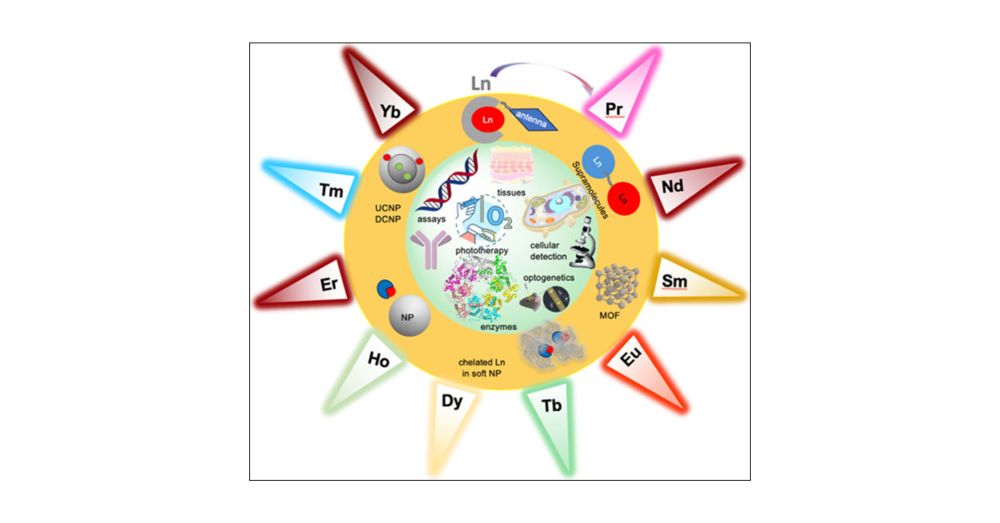
pubs.acs.org/doi/10.1021/...
Congratulations Sam, Hugo and Sumit @uobchemistry.bsky.social


pubs.acs.org/doi/10.1021/...
Congratulations Sam, Hugo and Sumit @uobchemistry.bsky.social
Sam and Hannah -first paper from her MSc by research studies @uobchemistry.bsky.social
doi.org/10.1007/s007...

Sam and Hannah -first paper from her MSc by research studies @uobchemistry.bsky.social
doi.org/10.1007/s007...
@charliemcternan.bsky.social
@fschaufelberger.bsky.social
for organising! Looking forward to the next meeting!

@charliemcternan.bsky.social
@fschaufelberger.bsky.social
for organising! Looking forward to the next meeting!

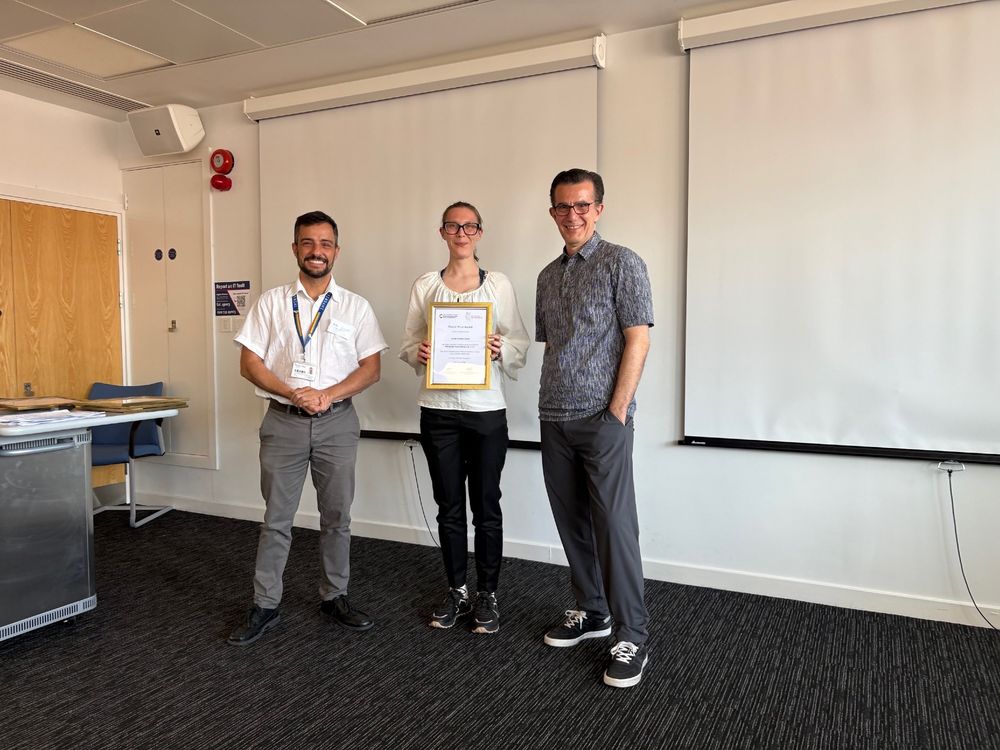
@ucllifesciences.bsky.social

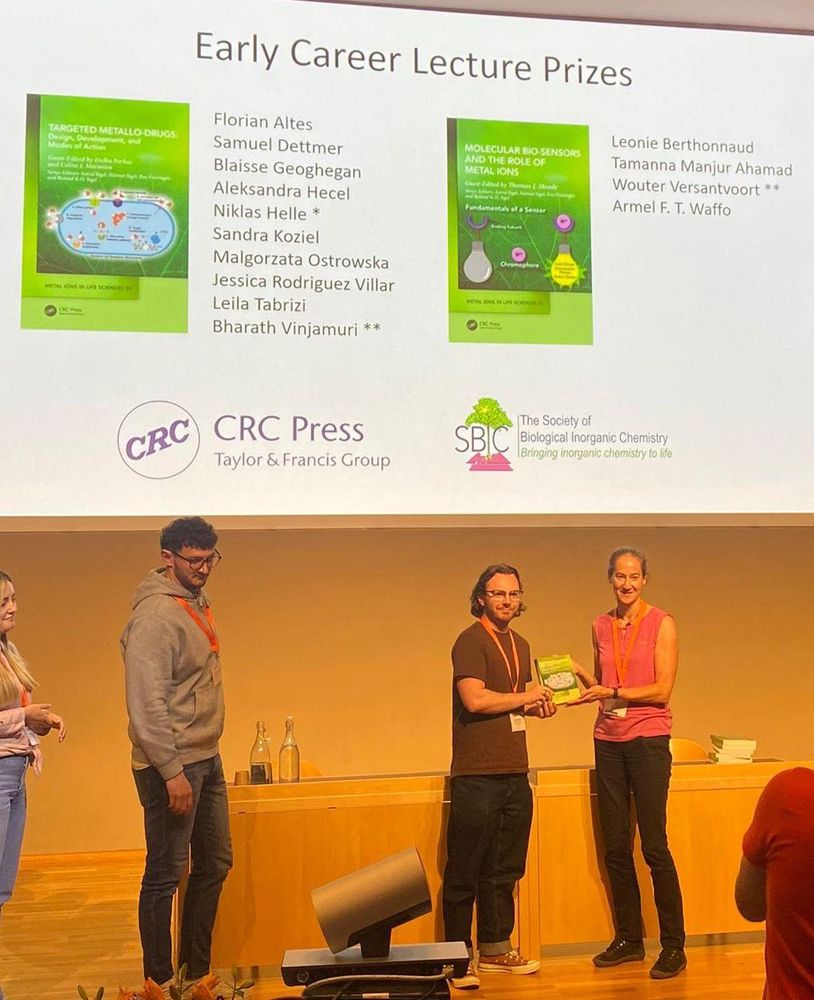
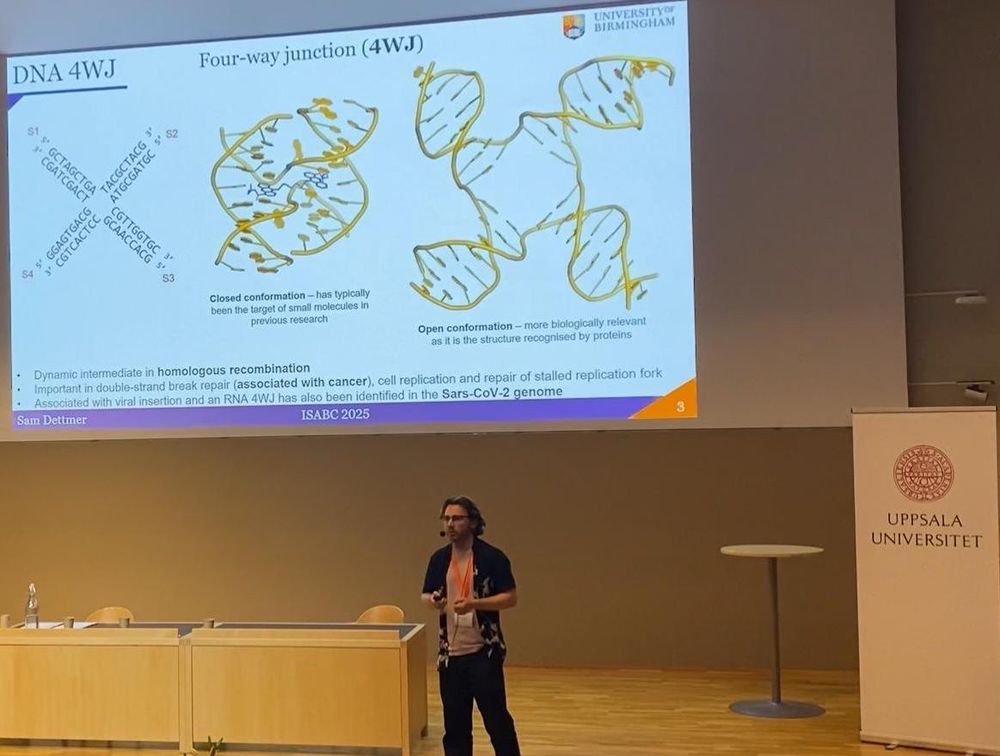
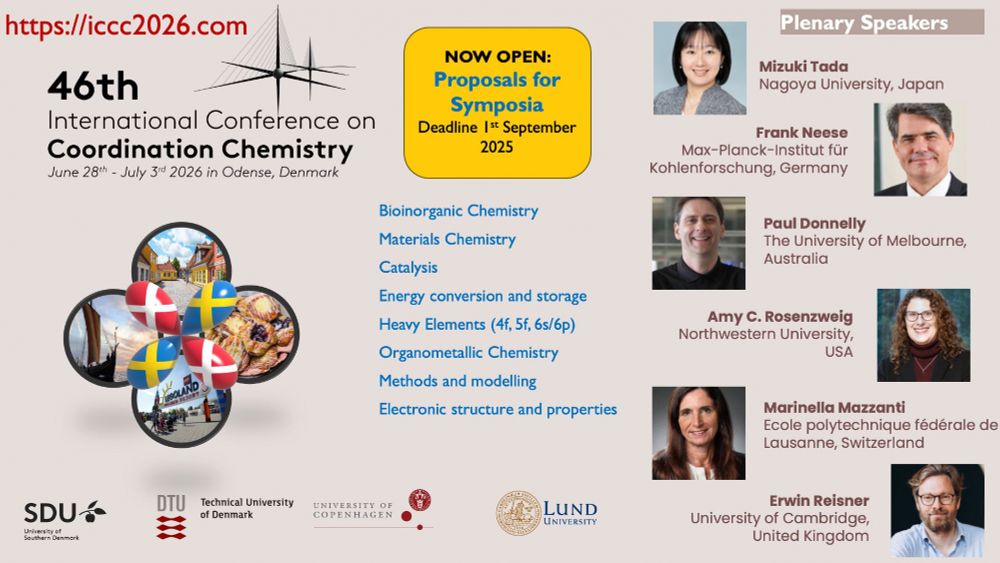
on metallo-drug nanoparticles against cancer. Come and join us in Birmingham and do some exciting interdisciplinary research!

on metallo-drug nanoparticles against cancer. Come and join us in Birmingham and do some exciting interdisciplinary research!
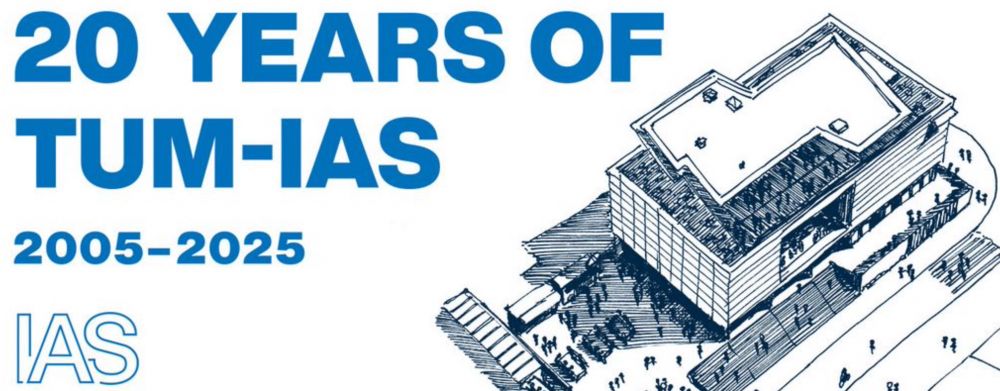
Thanks to all, especially @dmonchaud.bsky.social for the leadership!
@cnrs.fr @akellett.bsky.social @granzhan.bsky.social
#IMAJ1 #ChemSky #DNAjunctions

with @dammo.bsky.social on using dental ultrasound to release antibiotics from nanoparticles. Exciting stuff!
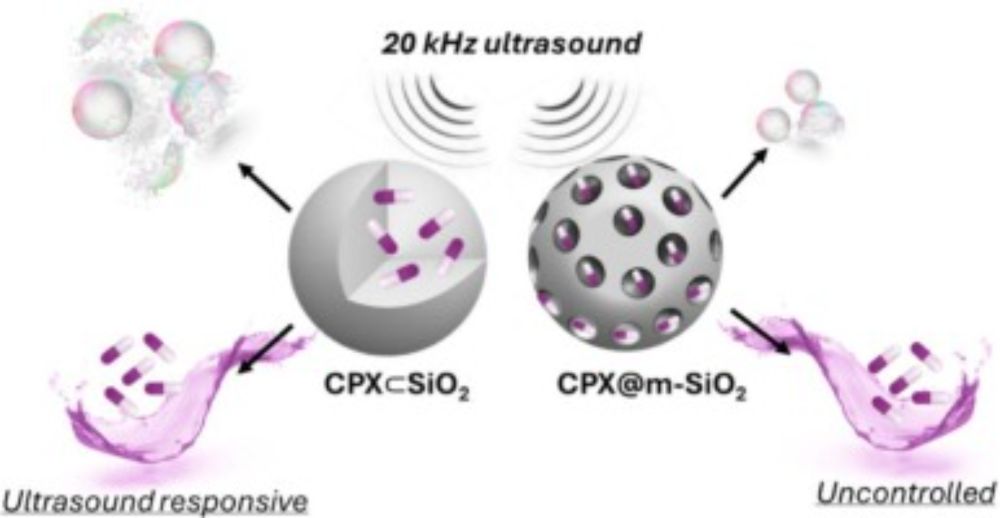
with @dammo.bsky.social on using dental ultrasound to release antibiotics from nanoparticles. Exciting stuff!


@uobchemistry.bsky.social
